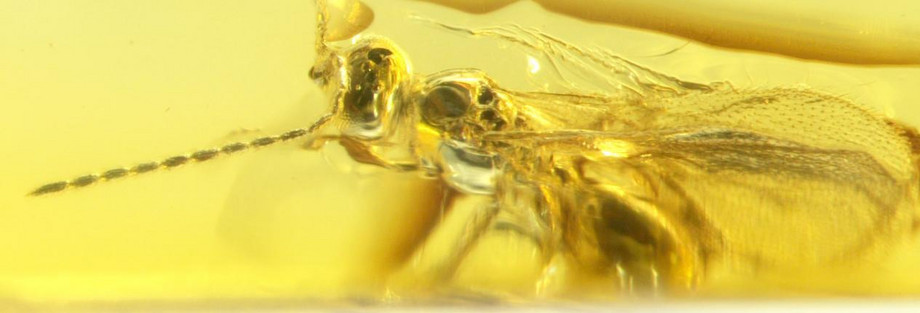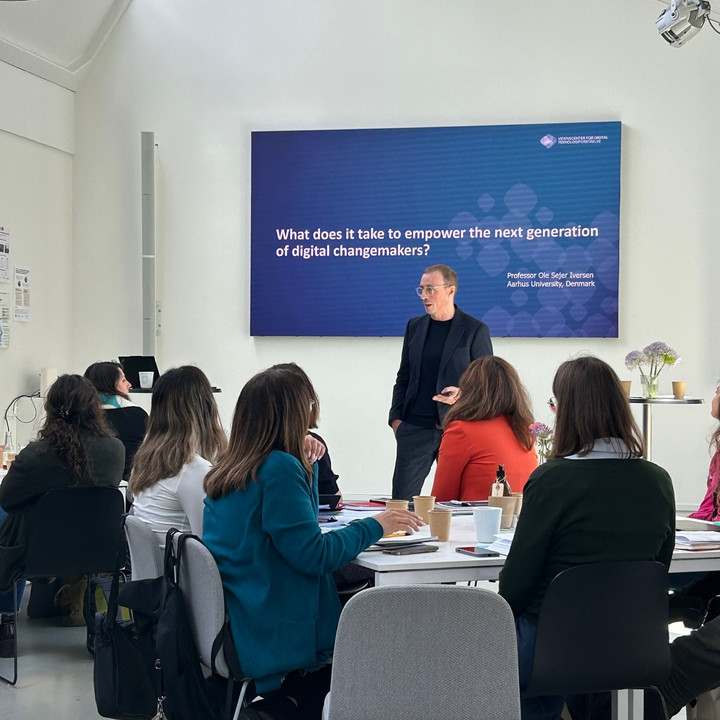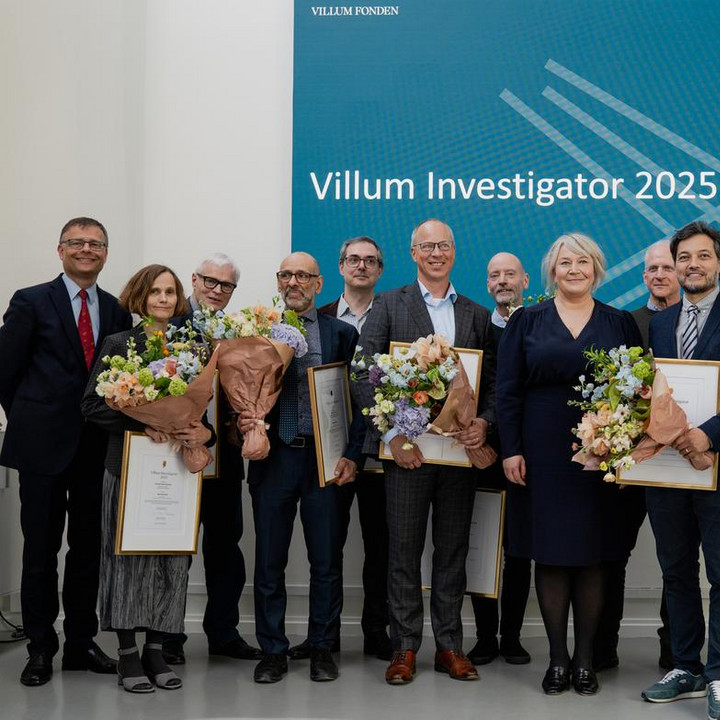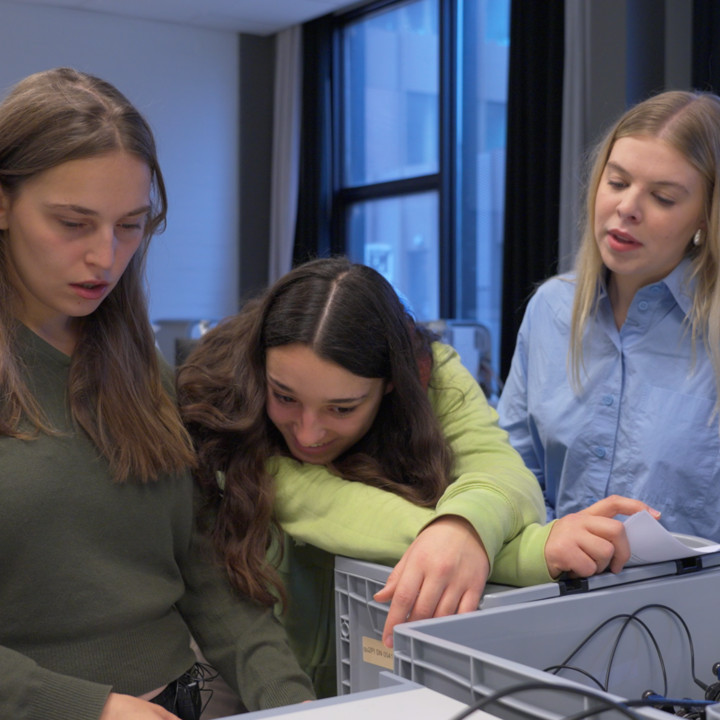Ichneumon wasps in the amber collection

Four years ago, the Natural History Museum of Denmark acquired a large collection of amber with the support of three Danish foundations. Now, it has emerged that ten insects, which were caught in a lump of resin 35-45 million years ago, are hitherto undiscovered species of the prehistoric ichneumon wasp.
21.04.2022 l More news
In 2018, the Natural History Museum of Denmark acquired a large private collection of approx. 60,000 pieces of amber from a private collector. Most of the pieces are Baltic amber, and collected along the west coast of Jutland, or along the Baltic coasts of Russia (Kaliningrad) and Latvia. The pieces of amber are interesting to the museum because they contain fossils that were trapped in the resin which has since turned into amber. Most of the fossils are insects, but other groups of fauna and flora are also represented.
The ichneumon wasp belongs to the Diapriidae family. They are described in a collaboration between Manuel Brazidec, a PhD student at the University of Rennes 1 in France, and Lars Vilhelmsen, curator of the amber collection at the Natural History Museum of Denmark. In spring 2021, Manuel Brazidec received about 200 pieces of amber with Diapriidae fossils on loan, and it was during a review of this material that he found the ten new species, which have now been described.
Diapriidae is a relatively large but poorly explored family. Over 2,000 existing species are known, but just as many exist which are undescribed. Thus, it is not surprising that the review of the fossil material reveals many new species, also because these are rather small wasps with a body length measuring only a few millimetres which were caught in the resin from which the amber developed. The biology of the Diapriidae family is unknown for most existing species. Most of the species where something is known about how they live are parasites living off various species of fly. Some of the wasps, however, are thought to be ant parasites.
As work to integrate the new amber collection is drawing to a close, the first research projects on the material have been started. A recently published scientific article describes ten new species of ichneumon wasps found in the new amber collection. The article was a collaborative venture between Manuel Brazidec and Lars Vilhelmsen.
The collection was acquired with the support of Augustinus Fonden, Knud Højgaards Fond and VILLUM FONDEN. In addition to purchasing the collection, the foundations are also supporting the employment of a full-time employee for two years. The employee has repacked the new collection for inclusion in the museum’s vast collection of over 14 million items, and registered the amber pieces so they are accessible in the museum’s online collections.
“Registering the pieces is crucial work, because it makes it possible for anyone who is interested in natural history to explore our collections,” says Lars Vilhelmsen, who curates the amber collection.
When formally describing new species, whether existing or fossilised, they must have a scientific name, consisting of a genus and a species name (for example Homo sapiens). Species can be named after their appearance, their finding place or after people or organisations one wishes to honour.
“In this case, we have chosen to name three of the new species of ichneumon wasps after the foundations that supported the purchase of the amber collection, and thus made registering and studying the wasps possible. It has resulted in the names Basalys villumi, Belyta knudhoejgaardi and Pantolyta augustinusii after VILLUM FONDEN, Knud Højgaards Fond and Augustinus Fonden,” says Lars Vilhelmsen.




